Remote shutter releases are handy little devices that allow you to take photos without even touching the camera itself. They are often used in combination with tripods. If you are looking for a remote shutter release, you should consider whether you want to use a wired or radio remote shutter release. Radio triggers are a little more expensive, but can save you the hassle of cables, and are therefore more suitable if you ever need to be in a hurry.
To ensure that the device is as durable as possible, we recommend that you buy a remote trigger that is made from high-quality materials, such as metal instead of plastic. In addition, the device should be compatible with your camera - if not, you can use the shutter release as often as you like - the camera must also be able to process the incoming signal from the remote shutter release.
The greatest utility of an external shutter release is that the device makes it possible to shoot photos free of camera shake without being in close proximity to the camera. The combination of an external shutter release and a tripod is particularly practical: if you want to take photos with a longer exposure time under difficult lighting conditions, this equipment is perfect for nature shots, for example photos of the starry evening sky.
For group photos or "selfies", a remote trigger in combination with a tripod is also very practical. This way, the remote shutter release is simply converted into a self-timer. Due to longer distances, a radio shutter release is very suitable for such shots. In this situation, a remote shutter release makes it possible for you to move away from the camera, stand to or in front of the desired subject and conveniently press the shutter release.
For photos of still subjects, such as sunrises or sunsets, or landscapes, the remote shutter release can be assigned various secondary functions, such as interval time, exposure time, repeat times or number of photos. This makes it much easier for you to photograph still subjects. Even time-lapse photography is possible with a remote shutter release: the camera can be set to automatically take a photo every 10 seconds over a period of one hour, for example. Natural phenomena such as a solar or lunar eclipse can thus be perfectly captured.
If you set the exposure time on the camera with a maximum time of 30 seconds, you can create the so-called "bulb effect". The longer you press the shutter button, the longer the camera exposes the image. If you were to try this by hand, a blurred picture is practically pre-programmed. It is therefore advisable to use a remote shutter release in such cases to save yourself a lot of trouble and frustration.
If you opt for a slightly more expensive model, it is likely that the device will have this function. In most cases, the maximum exposure time is two minutes.
When using a remote shutter release, the distance from the shutter release to the camera plays a crucial role. Some models have a maximum distance of around 100m. With radio triggers, it is even possible to operate the shutter release through obstacles.
Corded remote releases are more commonly used. Once connected to the camera, such a device even takes over the control of the autofocus. However, when a remote shutter release is connected to your camera, this does not retire the usual shutter release - both shutter releases can be used simultaneously. However, it is very important that your remote shutter release is also compatible with your camera. Mistakes are rare, but as always, better safe than sorry.

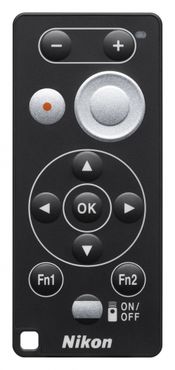



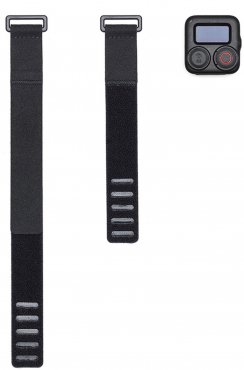

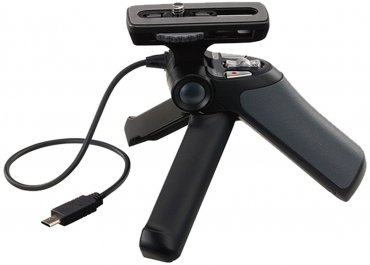
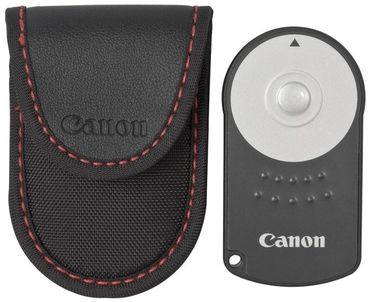

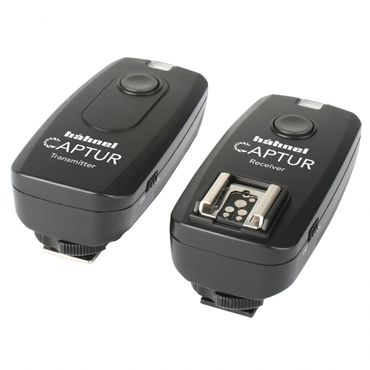
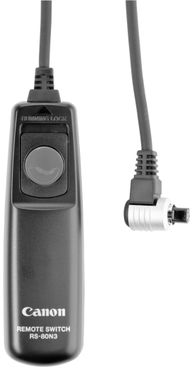
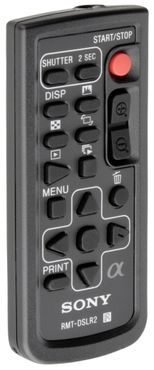
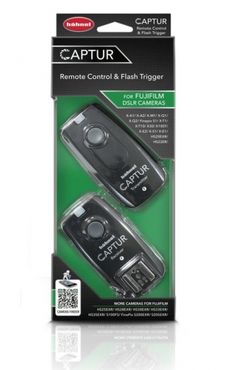
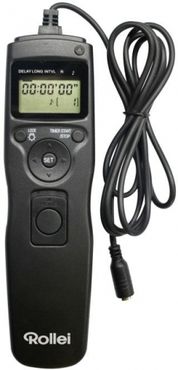
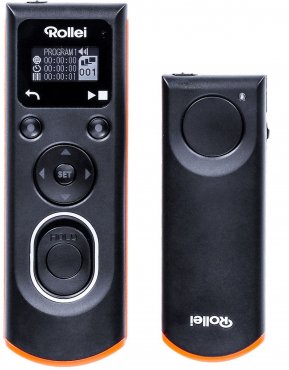
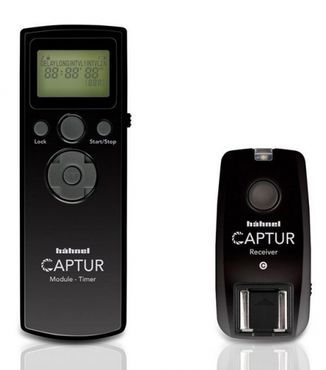
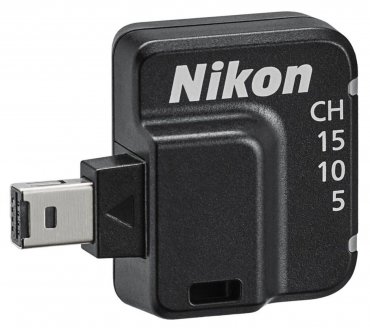
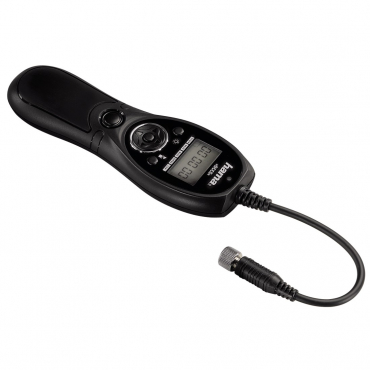

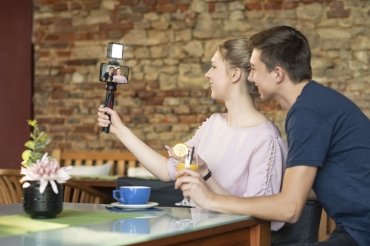
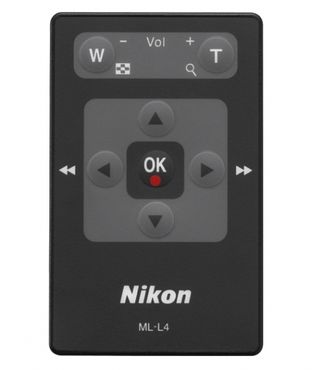
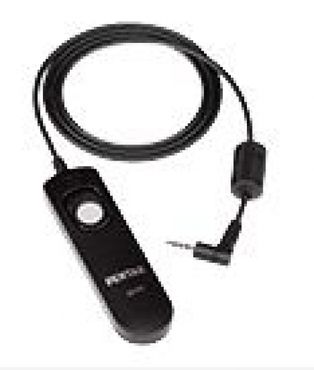
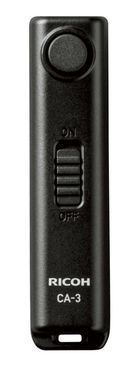
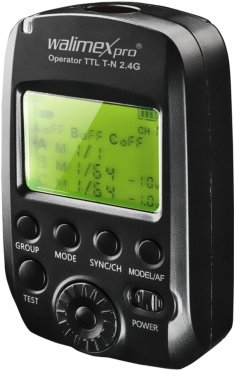
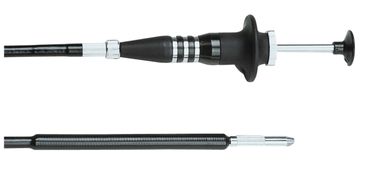

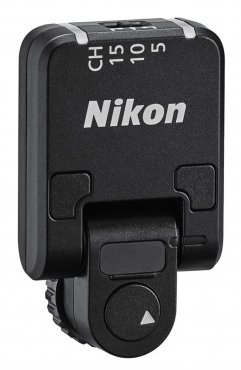
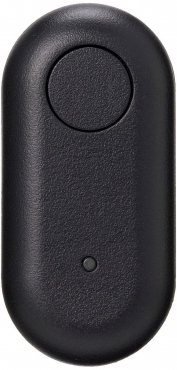
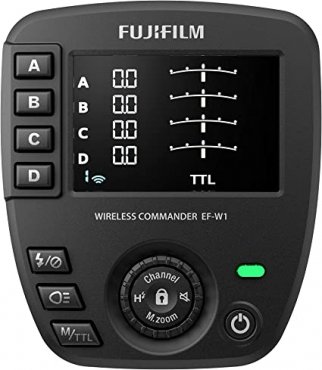
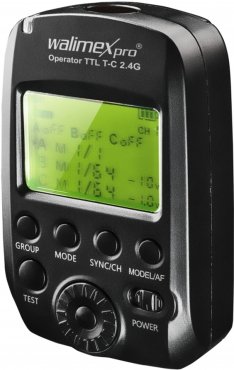
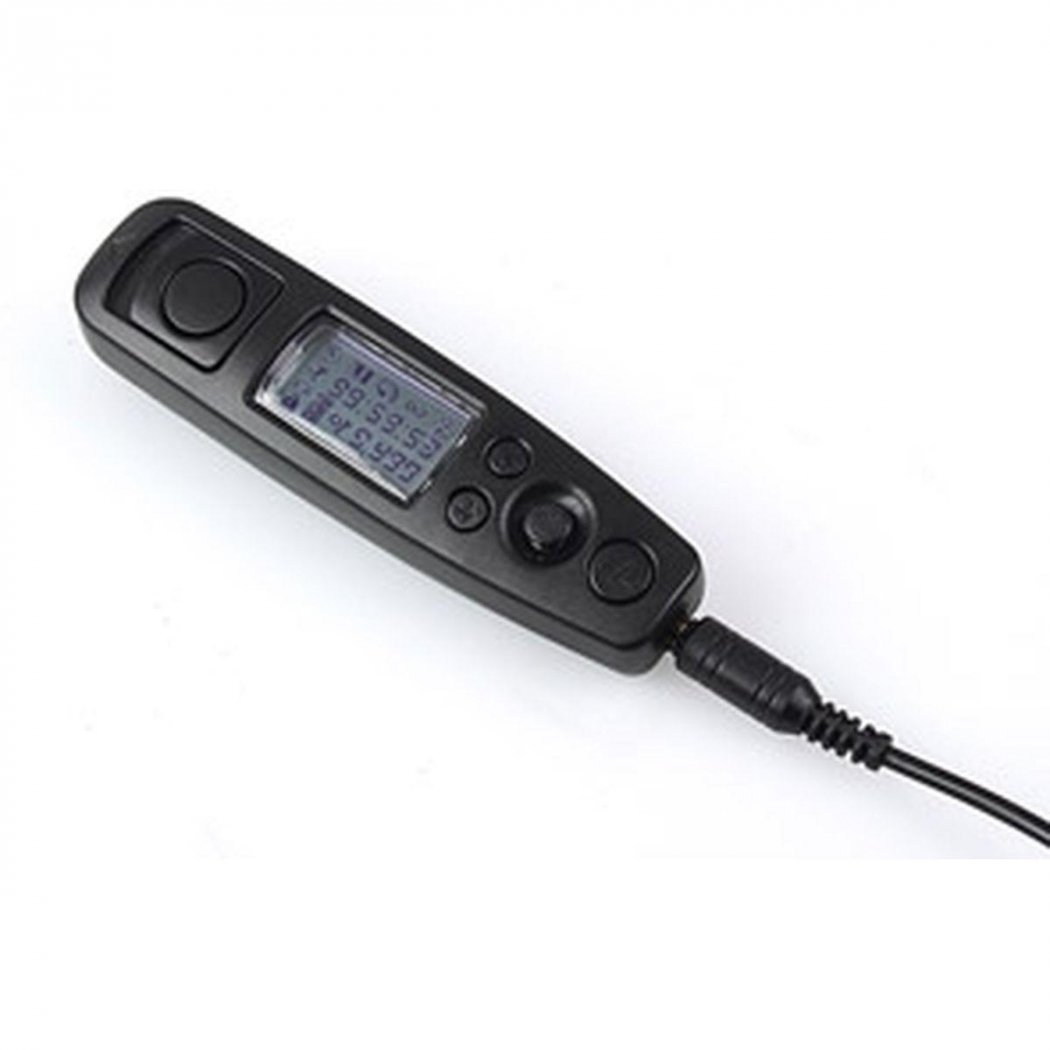
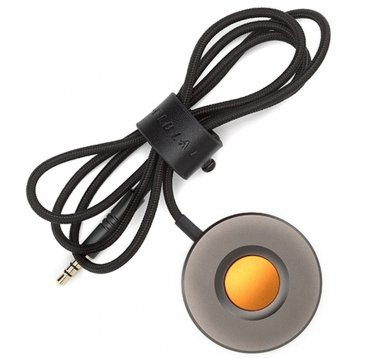

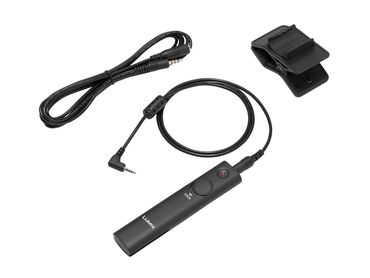
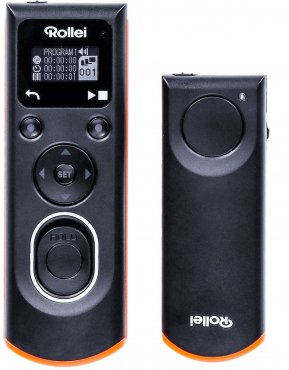
Simply subscribe and benefit as a newsletter recipient every week: